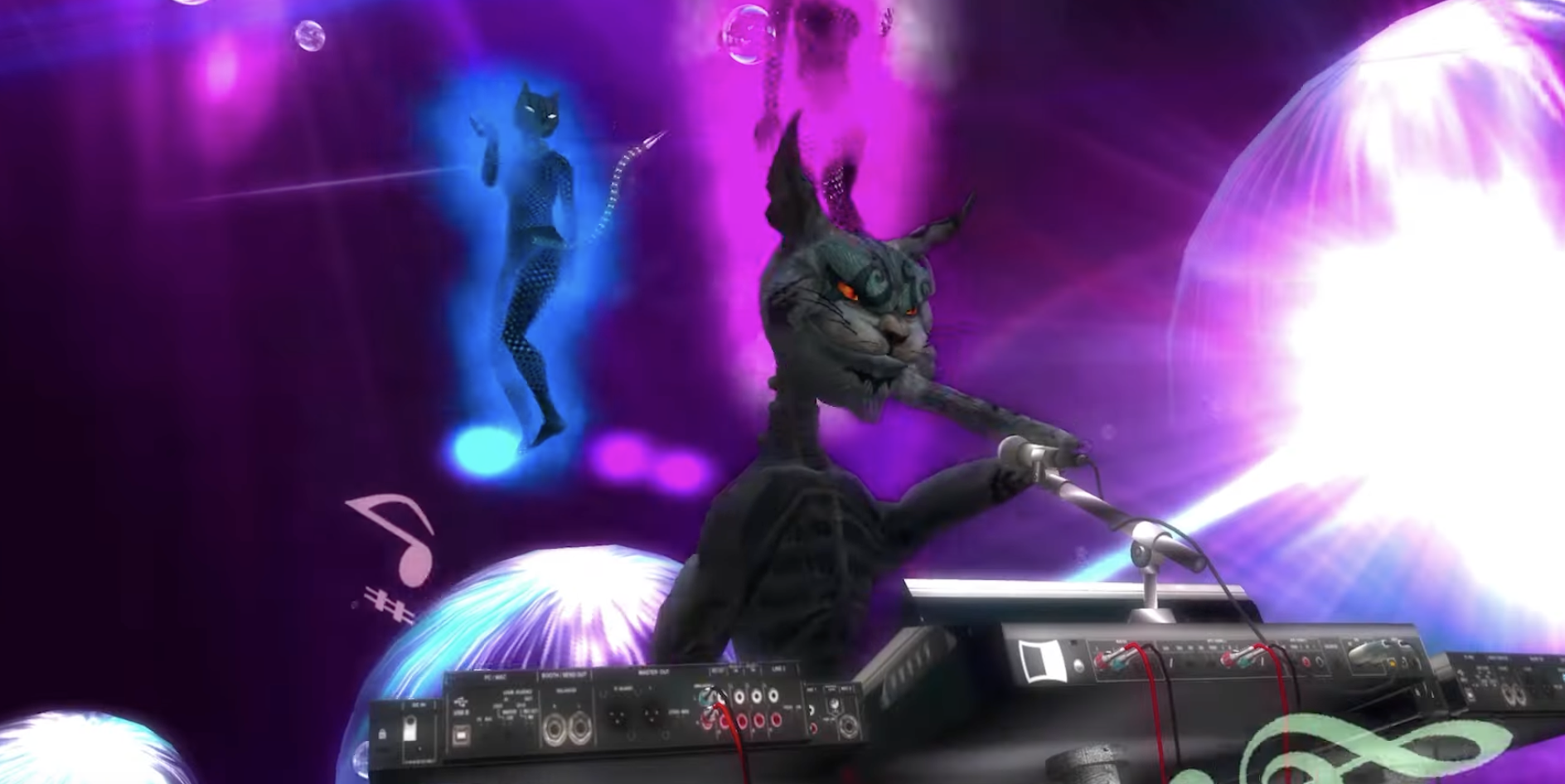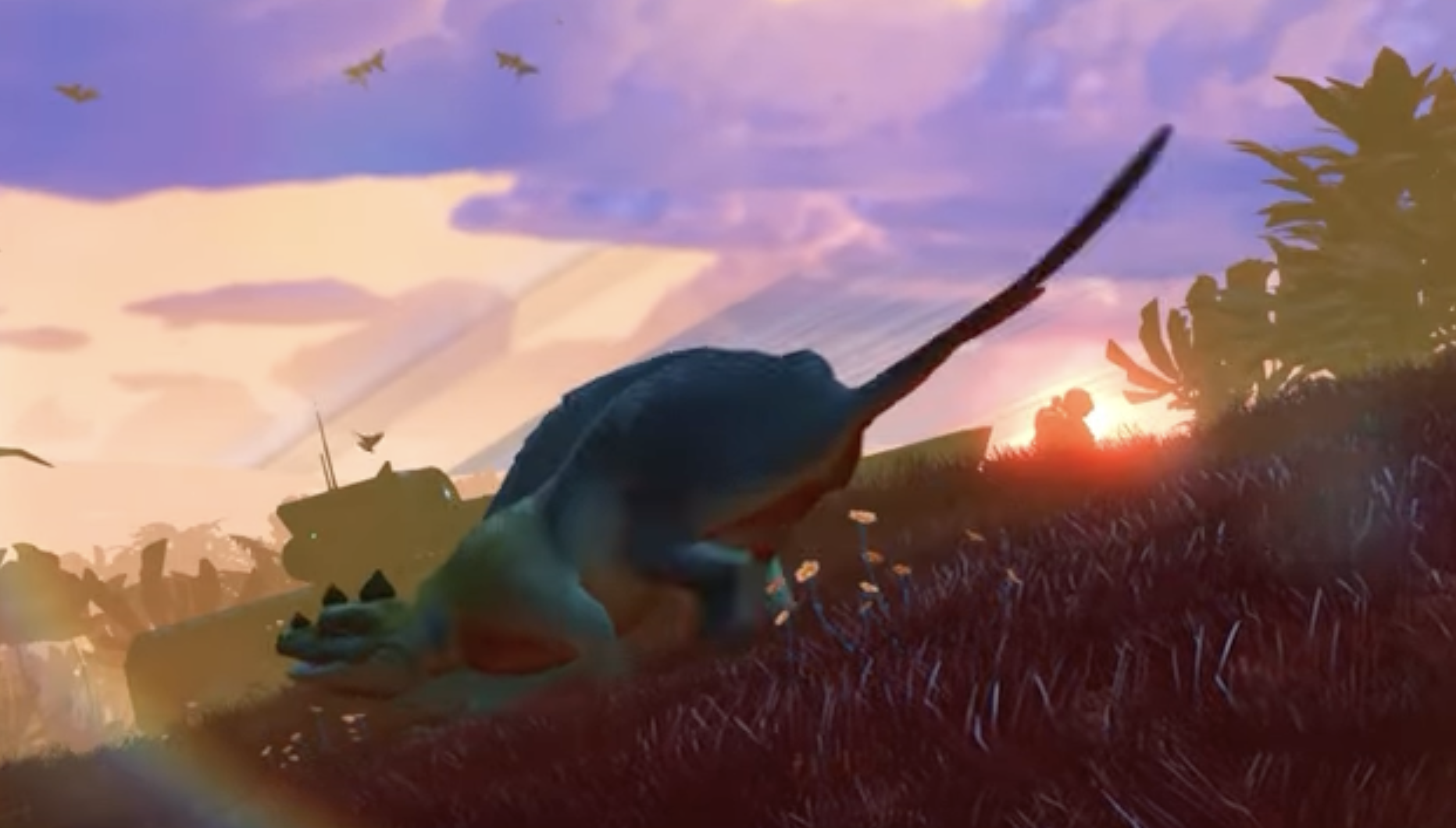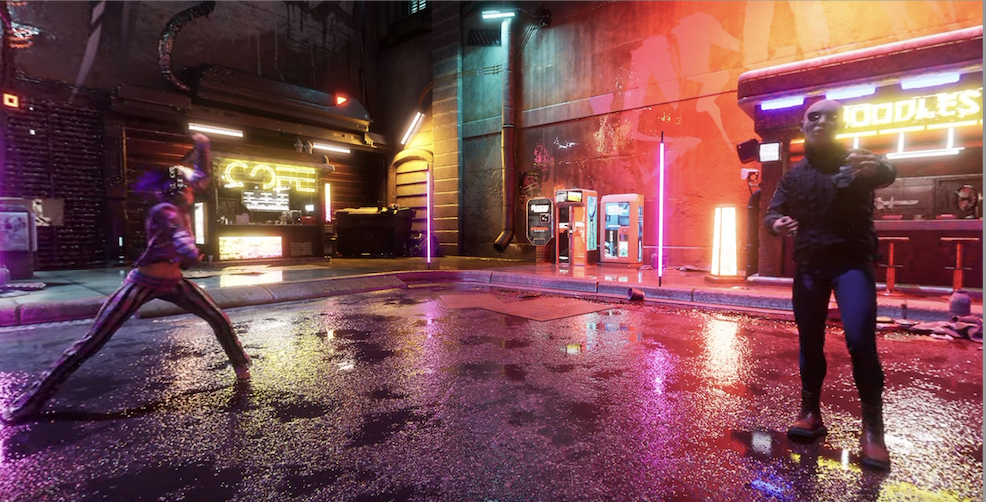Projects Update – Not [ALL] Machinima (July 2023)

Our review of inspirational projects often includes work which is NOT machinima, and this week we have picked out a couple that we’re sure our followers will enjoy too… of course, interspersed with examples of great machinima projects. Not least, this includes the podcast’s Damien’s (aka Darth Angelus) Star Wars fan series, a stalwart of the Second Life machinima creator community, Tutsy NAvArAthnA, whom Tracy interviewed a couple of years back here, and the only stereoscopic machinima we’ve actually seen!
The Classics: from Star Trek to Star Wars
Firstly, a parody of the original Star Trek series, this is the latest episode of Mark Largent’s long-running Stalled Trek project. The ep is called The City of the Edge of Foreclosure (released on YT on 25 April). It is based on Harlan Ellison’s epic episode called The City on the Edge of Forever, which originally aired in 1969 should you want to look it up on IMdB. As Largent says in those importal words ‘You cannot have your fate, and Edith too’!
Damien’s Star Wars series, Heir to the Empire, is featured on SFW Magazine’s website here. The article explains Damien’s process for animating the original novel by Timothy Zahn. You can watch the whole series on his channel, or the latest episode here –
and plus, given the recent pap interest in Damien, we can confirm that he is NOT married, or at least, he’s never declared that status to us!

Stop Mo
This is a great fun short stop-mo by Winga (released 4 May). Yes its an ad for an AI-using mobile phone image tracking stabilizer called Insta360, but definitely worth a view. The back end of the vid is an explainer of the kit and how Winga shot the film, also worth a view –
The REAL Metaverse
In this short, Mon Metaverse (released 16 Jan 2022), well-known Second Life creator and documentarian Tutsy NAvArAthna, discusses his observations on the metaverse, the promise of Second Life and the sinister ways in which some are turning the ‘digital screw’ by orchestrating our online experiences. The film features the creative work on dozens of creators (see the film credits for details). There’s an advisory warning with this but, then again, that’s the point being made (its also our featured image for this post). With Second Life having recently celebrated its 20th year, its timely to share the work too –
Double Vision?
I knew if we waited awhile someone would share a stereoscopic machinima with us… if you recall, Tracy highlighted there were very few (if any) that had been made, a point arising from the panel discussion at the Oberhausen International Film Festival earlier this year (reported here). Well, here you go. This short has been made by the uber-talented Second Life creator Ataro Asbrink. It is called Mandala Moods 3D and is a hypnotising example of what’s possible. You will need anaglyph glasses to appreciate it of course –








Recent Comments